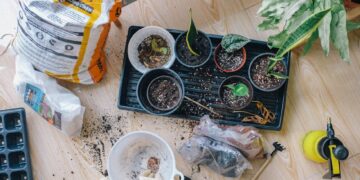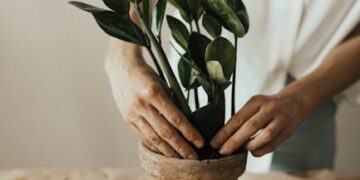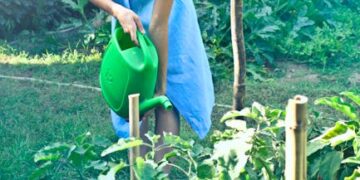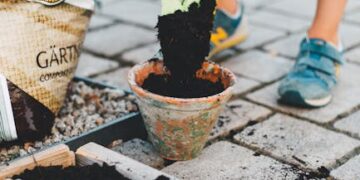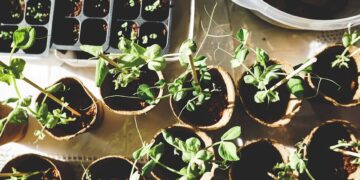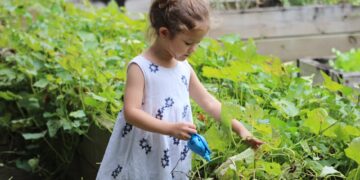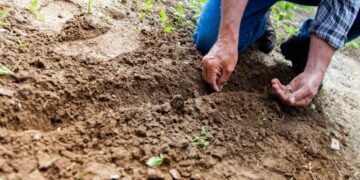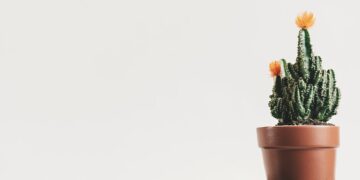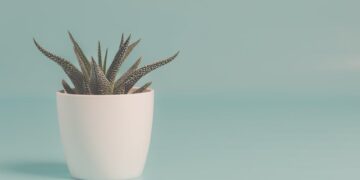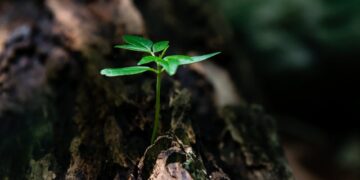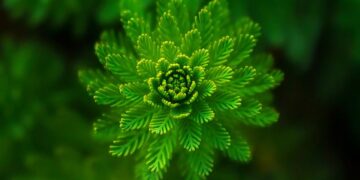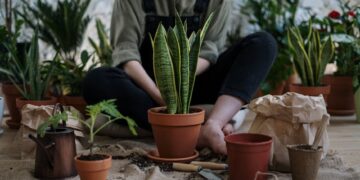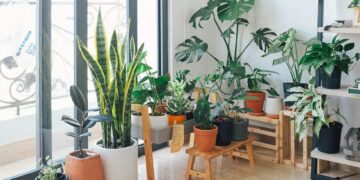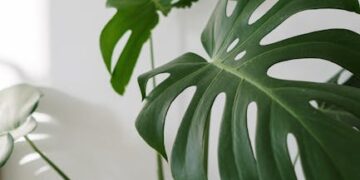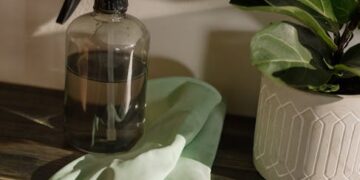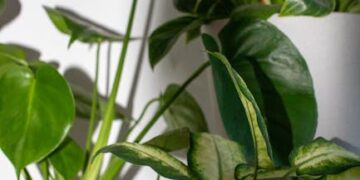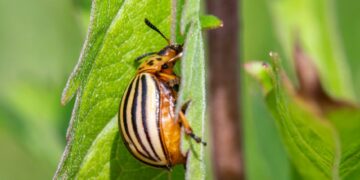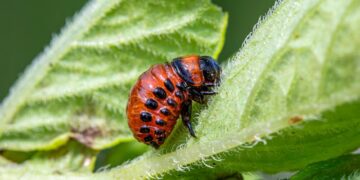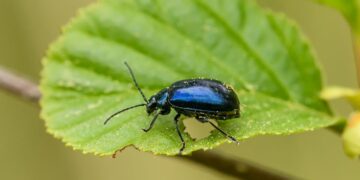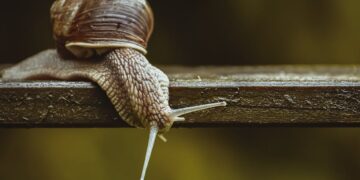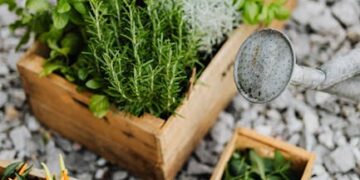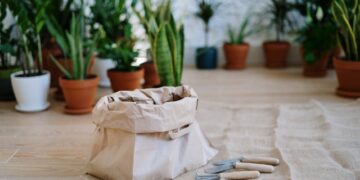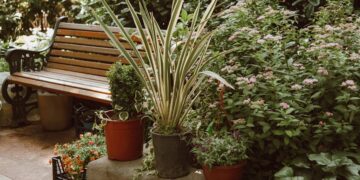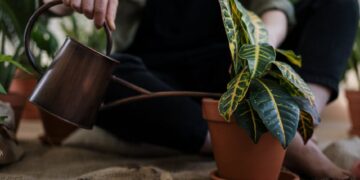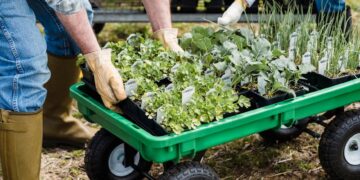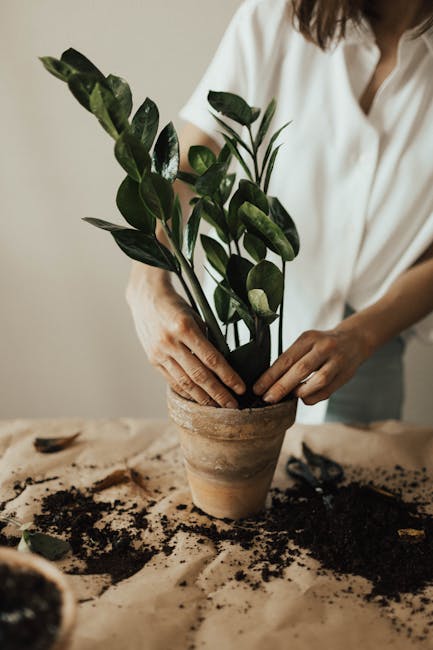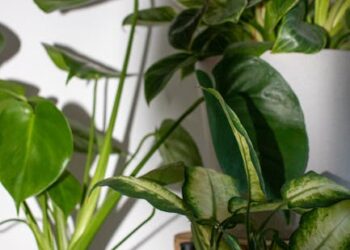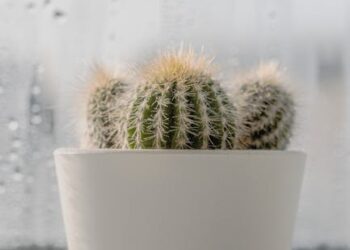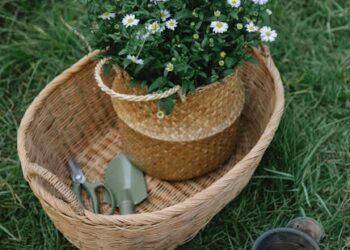Unlocking the Secrets to Successful Indoor Plant Growth: A Beginner’s Guide
Bringing a slice of nature into our homes not only beautifies our space but also improves our mood and air quality. However, growing plants indoors isn’t always as straightforward as placing them near a window. Whether you are a seasoned gardener or a novice looking to greenify your living space, understanding the essentials of indoor plant care can transform your gardening experience.
Understanding Your Indoor Environment
The Right Lighting
Light is the lifeblood of all plants. Indoors, the type and amount of light can vary dramatically. Most houseplants thrive in bright, indirect light. A simple rule to follow is placing your plant near a window that gets filtered sunlight throughout the day. South-facing windows usually provide the most light. If natural light is limited, consider investing in grow lights. These artificial lights mimic natural sunlight and can significantly boost your plant’s growth.
Mastering Indoor Temperatures and Humidity
Typical home temperatures are suitable for most indoor plants, which prefer between 65°F and 75°F. It’s crucial to avoid placing your plants near temperature hazards like radiators, air conditioners, or drafty windows. Humidity can also play a significant role, especially for tropical plants. If your home’s air is too dry, use a humidity tray or a room humidifier to keep your plants happy.
Choosing the Right Plants
Start with Forgiving Species
Some plants are more forgiving than others, making them perfect for beginners. Species such as pothos, spider plants, and snake plants do not require meticulous care and can withstand occasional neglect. These plants are ideal as they adapt well to indoor environments and have a robust nature.
Consider Your Space and Lifestyle
When selecting a plant, think about the conditions of your space and your daily routine. Do you travel often? Are you able to dedicate time to regular care? Answering these questions can help you pick a plant that is compatible with your lifestyle and environmental conditions.
Essential Care Tips
Watering Wisely
The most common mistake in indoor plant care is overwatering. To avoid this, ensure your plant pots have drainage holes and check the soil moisture before watering. A simple touch with your finger about an inch deep can tell you if the soil is dry or moist. Develop a regular watering schedule according to your specific plant species and adjust according to the seasons and humidity levels.
Feeding Your Plants
Like any living thing, plants need food to thrive. Fertilize your plants during their growing season (generally spring and summer). Be careful not to over-fertilize, which can harm your plants’ roots and growth. Opt for a balanced, water-soluble fertilizer and follow the recommended dosage on the label.
Potting and Repotting
Choosing the right pot size and soil type is foundational for healthy plant growth. Most indoor plants prefer pots that are just slightly larger than their root ball. Be sure to use a potting mix that is specific for indoor plants, as it will allow for proper aeration and drainage. Repotting should be done when your plant outgrows its current pot or if the soil is exhausted and compacted, typically every 12 to 18 months.
Dealing with Common Issues
Battling Pests and Diseases
Keep an eye out for signs of disease or pest infestation, such as spotting on leaves or webbing between branches. Quarantine new plants for a few weeks before introducing them to other indoor plants. For most common pests like aphids and spider mites, a gentle wash with mild soapy water or the use of neem oil can be effective treatments.
Leaf Troubles
Yellowing leaves can signal several potential issues, including overwatering, underfeeding, or insufficient light. Analyze your care routine and make adjustments accordingly. Brown tips or edges often indicate low humidity or sporadic watering.
Enjoying Your Indoor Garden
With these tips and a bit of patience, you’ll become more in tune with the needs of your green companions. Remember, each plant has its personality and preferences—part of the fun is getting to know them! Create a schedule for regular care but remain flexible as seasonal changes affect your indoor garden’s dynamics. Celebrate your successes and learn from the challenges as you cultivate a lush indoor oasis.
Indoor plant care is not just about maintaining living decorations but fostering a connection with nature that can bring joy and peace into your daily life. By mastering the basics of light, temperature, and proper watering, you’ll be well on your way to creating a thriving green space that reflects both care and creativity.

